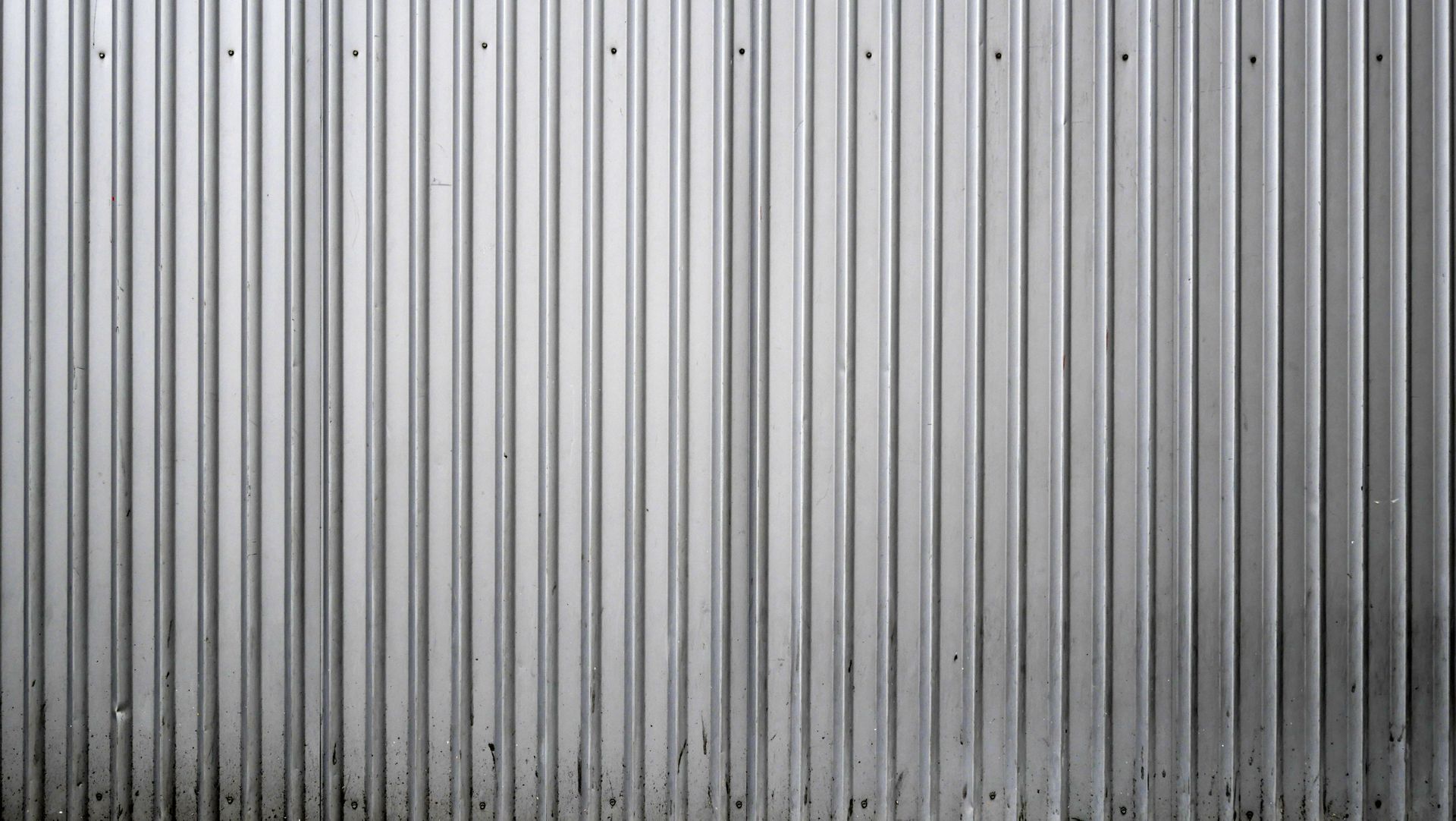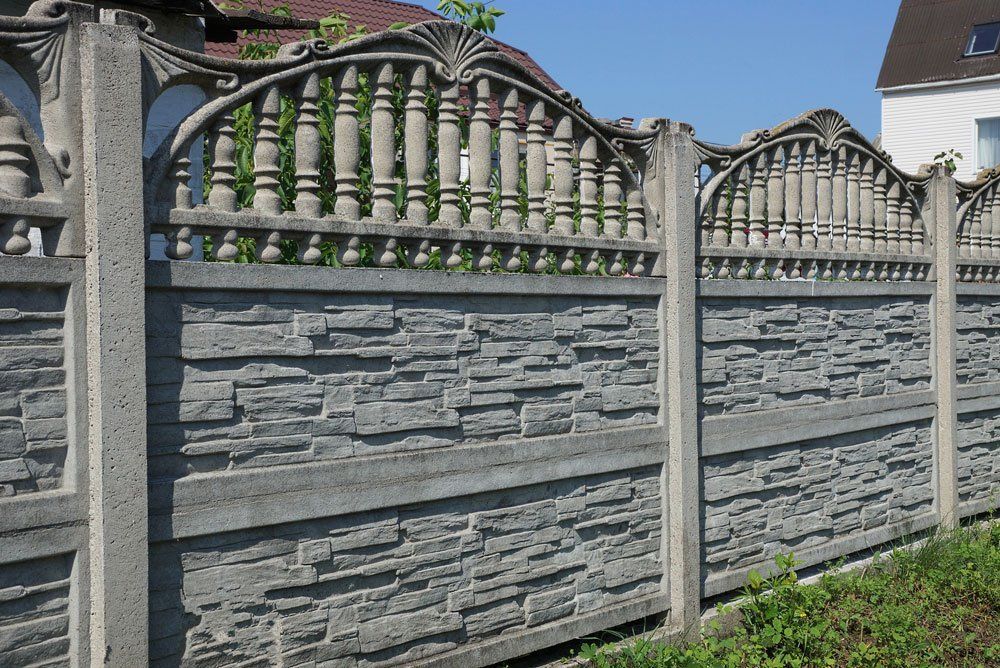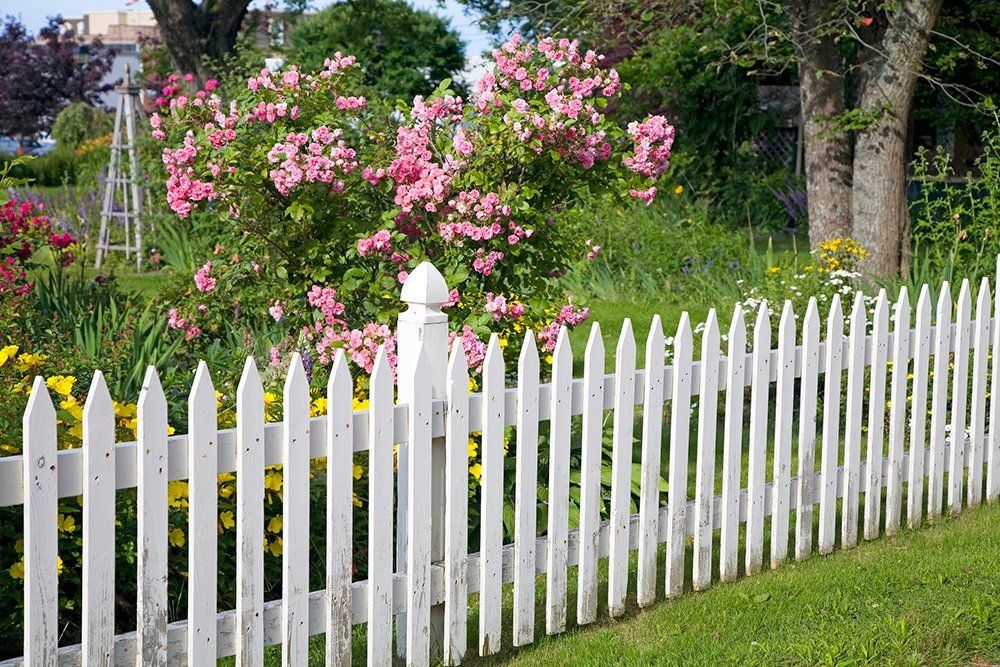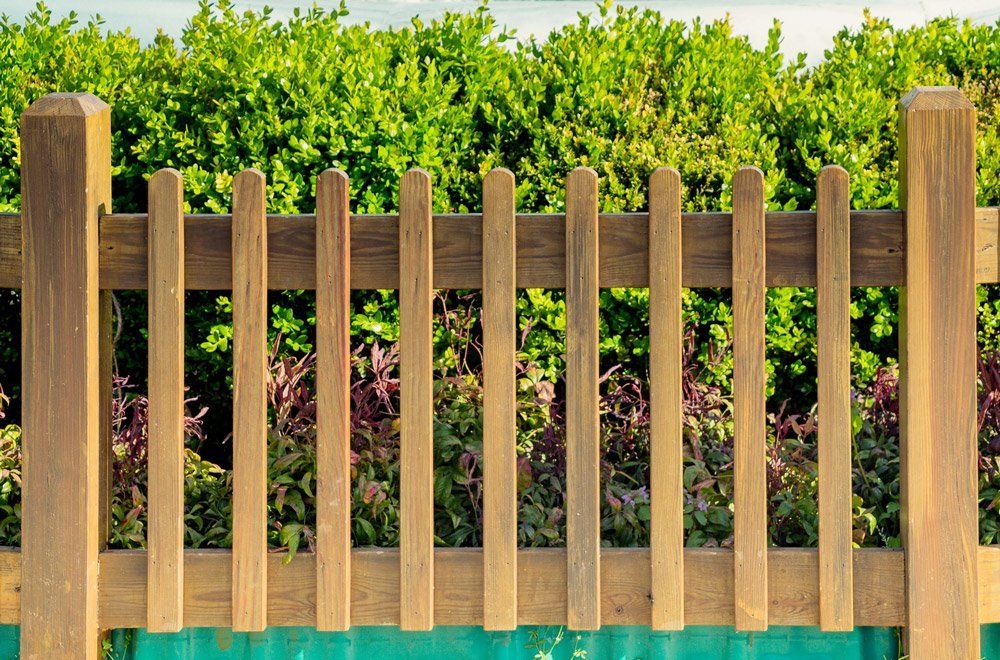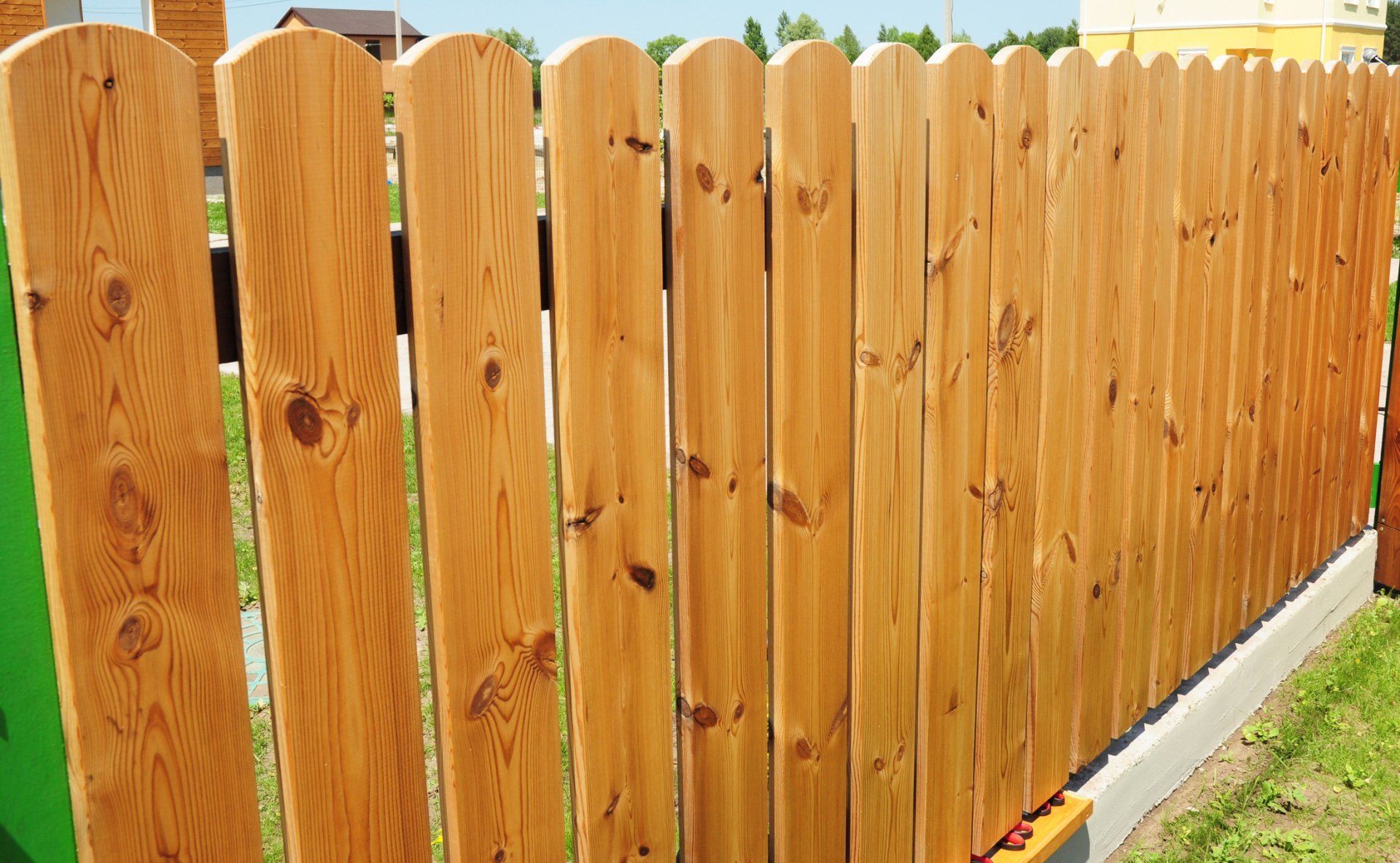4 FENCE SAFETY TIPS FOR YOUR HOME-BASED CHILDCARE CENTER
Admin • August 29, 2018
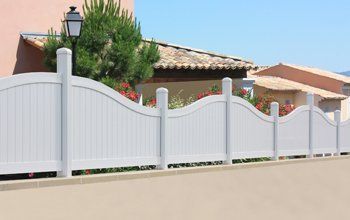
A small child is full of innocence. However, inexperience sometimes sparks a level of curiosity that can put a child in danger. As a home-based childcare provider, you must safeguard the children you oversee.
One way you can go about accomplishing this goal is by building a suitable fence for your outdoor play area. If you're a new childcare provider, then learn about some of the essential fence safety tips you should keep in mind.
1. Height
Even a small, determined child could find their way over a short fence quite easily. Ensure that your fence is tall enough to discourage climbing. According to the state of South Carolina, all outdoor play area fences must be at least 4 feet
in height.
However, you should only look at this rule as a starting point for your fence plans. A taller fence is necessary if there are tall structures near the fence, such as a slide. In cases like these, a child could climb the slide and attempt to jump over the fence. To increase safety, don't install any tall structures near the fencing.
The state also requires that you have a self-closing gate installed with the fence.
2. Material
Choose a material that you can adequately maintain to avoid a safety hazard. Take a wood fence, for example. Given the number of days of sunshine in the South Carolina area, wood fences are highly susceptible to sun damage. Intense sun exposure causes wood to dry, crack, and split. A child that places their hand on a split area of the wood could get a splinter.
Routine sealant applications are necessary to avoid this type of problem. If you don't have time for extra work, then consider a vinyl wood-grain fence. The fence style resembles wood but doesn't require the extra maintenance. Chain link fencing is another safe, low-maintenance option. However, make sure you understand that all fences need maintenance at some point.
3. Picket Spacing
Ensure you keep picket spacing in mind when designing your fence. Wide gaps are dangerous with ornamental style fences, such as wrought iron. A child's small head or hand could easily fit through widely spaced pickets, and in a worst-case scenario, get stuck. Space the fence pickets no more than 4 inches apart to increase safety for the children.
As an added tip, if you install an aluminum or wrought iron fence, then don't install sharp or pointed post cap ornaments. Sharp and pointed caps can cause serious injury if a child is able to climb the fence. Dull caps area always best.
4. Neighbors
A fence is not just about keeping children safely contained inside the play area. A fence is also about keeping potential dangers out. If any of the homeowners neighboring your fence have dogs, then you need to take extra precautions.
First, avoid a fence with open areas, such as a chain link or picket-style fence. A dog could poke their claws or mouth between the gaps and nip a child. A paneled wood or vinyl fence style is a safer option.
You should also gauge the height of the fence based on the size of the animal. For neighbors with large dogs, such as German Shepherds, install a fence that is at least 6 feet in height. A large dog can easily jump over a short fence.
Do everything in your power to keep the little ones in your care safe at all times. For more fence planning tips and professional installation, the team at Pioneer Fence of Greenville is here to help. Call
us today so that we can get to work for you.
Your driveway gate plays an important role. If you're in the market for a new driveway gate, consider one of the popular styles below.
A neglected fence may become an eyesore, but if it's made of durable material, you don't need to replace it yet. Follow these steps to spruce up your fence.
Wildlife can harm your garden, but fences can keep critters from your growing plants. Learn more about five questions to ask when designing a garden fence.
If fence installation is next on your list of home improvement projects, take a look at these questions to ask before you make a dramatic color change.
Building a new fence requires budgeting. Find out the factors that affect the cost of your fence. Some of those factors you can control to save money.


